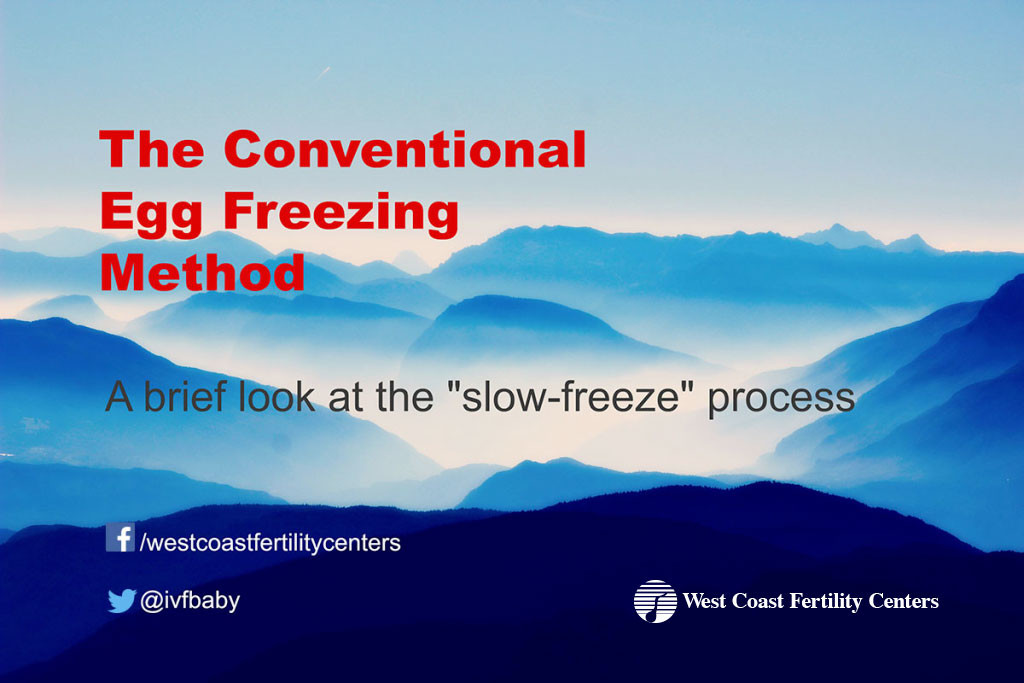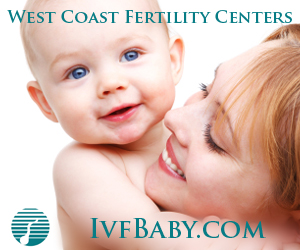
Currently, there are two different processes that are largely utilized by Reproductive Endocrinologists to freeze oocytes, or unfertilized human eggs. These two processes are vitrification and the conventional, or slow-freeze, method.
For over three decades, the slow-freeze method has been utilized to freeze embryos. However, until recently, the slow-freeze method was unreliable and hard to successfully replicate when freezing unfertilized eggs.
The LANDA Method
In 2005, Dr. David Diaz, of West Coast Fertility Centers, introduced the LANDA method, a slow-freeze process he developed and perfected. Since its introduction, the LANDA method has helped hundreds of women achieve pregnancy through the aid of their own frozen eggs.
During the slow-freeze method, eggs are first placed in a solution of cryoprotectants. These cryoprotectants draw water out of the eggs and then cross the cell membrane to replace the water. Removing the water and replacing it with the cryoprotectant solution helps prevent ice crystals from forming, which can be detrimental to the eggs.
After the water has been replaced by cryoprotectants, the eggs are then cooled at a very slow rate until they reach -30 degrees Celsius. The eggs are then stored in liquid nitrogen at a temperature of -196 degrees Celsius, until it is time to thaw them. When the eggs are thawed, water is slowly allowed back into the egg, drawing the cryoprotectants out. This is done at a very slow rate due to the risk of rupturing the egg if too much water is allowed back in.
The LANDA method of egg freezing has many benefits for women. Through this perfected method, fewer eggs need to be thawed for each IVF attempt. This allows women to extend the number of IVF attempts she can have with each egg retrieval, which is especially important if a woman wishes to achieve multiple pregnancies.
LANDA Method Success Rates
The survival rate for frozen eggs thawed using the LANDA method is around 92% and the fertilization rate is around 91%. The pregnancy per thawed egg rate is around 10% as compared to 7.5% for those eggs frozen through vitrification. The slow-freeze method is a gradual, gentle approach to freezing eggs which contributes to higher success rates.
The length of time an egg can remain frozen and still viable when thawed has not yet been determined. Though there are no long-term studies, science and data show that if eggs are frozen and stored correctly, they can remain frozen for an indefinite period of time without damaging the egg.





